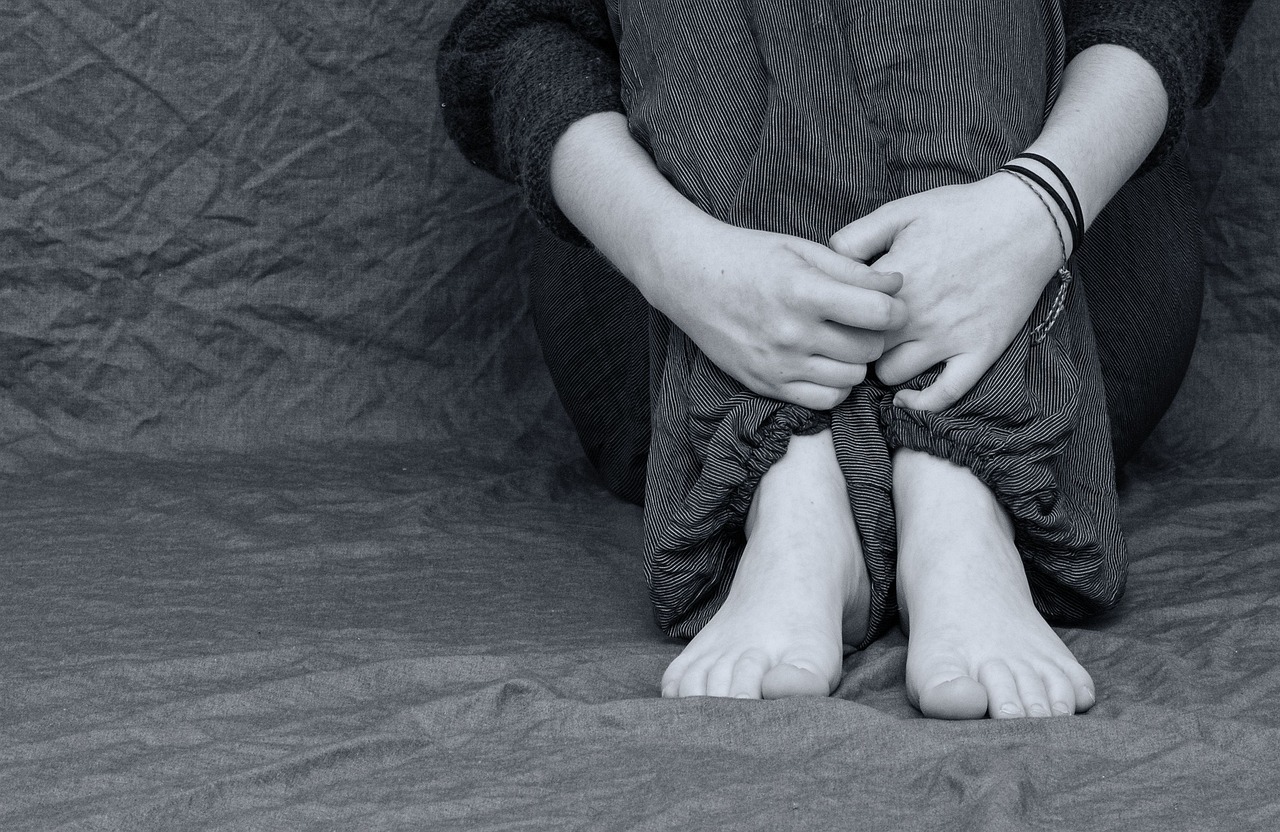
Anxiety is a common mental health condition that affects millions of people. Sometimes people don’t even realize that they’re anxious—it’s so normal to them that they just think everyone feels this way. However, not everyone is frequently worried, nervous, and fearful. Certainly, they don’t experience these things to the point where they interfere with daily life (such as working, social events, or simply making a phone call). People with anxiety may also experience physical symptoms such as sweating, a rapid heartbeat, and shallow breathing, which is often mistaken for a physical health condition such as a heart problem. In fact, some people have come to therapy only after being told by their doctor that their heart is healthy and that their symptoms are most likely psychological.
What is Anxiety?
Anxiety is a normal response to stress, and it can be helpful in some situations. For example, it can help you stay alert and focused, or motivate you to take action. However, this normal response can become excessive, can occur at times where it serves no benefit, and it can interfere with your daily life.
When anxiety stops being a normal stress response and starts turning into a “disorder,” an individual may be diagnosed with one of the following mental health diagnoses:
- Generalized Anxiety Disorder (GAD)
- Panic Disorder
- Social Anxiety Disorder
- Obsessive-Compulsive Disorder (OCD)
Each type of anxiety disorder has its own symptoms, but they all share the common characteristic of excessive and persistent worry.
Symptoms of Anxiety
The symptoms of anxiety can vary depending on the type of disorder and the individual, but they generally include:
- Restlessness or feeling on edge
- Fatigue
- Irritability
- Muscle tension
- Difficulty concentrating
- Sleep disturbances
- Rapid heartbeat
- Sweating
- Trembling or shaking
If you experience these symptoms regularly and they interfere with your daily life, it is important to seek help from a mental health professional.
Causes
The causes of anxiety, like many mental health diagnoses, are generally believed to be attributed to several factors. These include:
- Genetics
- Brain chemistry
- Environmental factors
- Life experiences
Simply put, there is no singular “cause.” Rather, it’s a complex interaction of many different factors.
Treatment
Anxiety disorders are the most common mental health disorders in the United States, affecting 40 million adults every year. Just as no individual is the same as another, there is no one-size-fits-all approach to treatment. However, there are several different treatments that are generally considered effective. A few of these are:
- Cognitive-behavioral therapy (CBT)
- Exposure therapy
- Medication
- Mindfulness
Cognitive-behavioral therapy (CBT) is a type of therapy that helps individuals identify and change negative thought patterns that contribute to anxiety. Exposure therapy involves gradually exposing individuals to the objects or situations they fear in a controlled environment, helping them to overcome their fears. Medication, such as antidepressants and beta-blockers, can also be an effective treatment strategy.
Mindfulness techniques, such as deep breathing and meditation, can also help reduce stress and calm the mind. There are also various grounding techniques that may help someone to return to the present moment when in panic.
Living with Anxiety
Living with anxiety can be challenging, but it is possible to develop healthy coping skills and effectively manage symptoms so it does not interfere drastically with life. It is important to seek help from a mental health professional if you experience symptoms of anxiety, and to work with your doctor to develop a treatment plan that works for you.
In addition to seeking professional help, you can also make lifestyle changes that can help reduce stress and manage anxiety, such as exercising regularly, practicing relaxation techniques, and seeking support from friends and family.


Leave a Reply